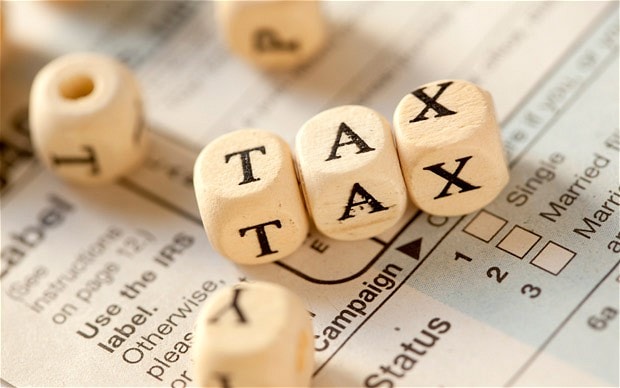The number of top rate income taxpayers has jumped by a third in five years to record levels, according to new official statistics.
HM Revenue & Customs reveals 364,000 people are paying income tax at the rate of 45%.
The number is up 54% since the rate band was introduced seven years ago, when the new rate replaced the old 50% tax banding.
The reasons for the rise are cited as higher salaries and a reduction in pension contribution relief.
Taxpayers hit the 45% rate when they earn £150,000 in a year, but Labour wants to net more top rate taxpayers by dropping the starting figure to £80,000, should Jeremy Corbyn become the next prime minister.
Top 1% of earners pay 27% of tax
Pension contribution relief is also capped at saving £10,000 on a sliding scale for earners with incomes between £150,000 and £210,000 a year.
HMRC has also released other tax statistics that predict 4.2 million people will pay 40% tax this year, while 25 million will pay income tax at the basic rate of 20%.
Although 300,000 fewer will pay the basic rate and 100,000 fewer are in the higher rate band, 36,000 more taxpayers will pay income tax at 45% this year.
The top 1% of taxpayers – the entire 45% banding – earned 12.3% of all income in 2014-15 and paid 27.2% of income tax collected in the year.
Highest earners live in South East
In 2017-18, this figure adjusts to the top 1% earning 12% of all income but having the responsibility of paying 27.7% of income tax.
Tom McPhail at Hargreaves Lansdown told the Telegraph: “The 45% rate is now trapping high earners just as the 40% rate did in the past.
“High earners are already contributing a larger proportion of income tax than ever before and cuts to pensions have unfairly removed the opportunity for them to use tax efficient savings products to reduce their tax bill.”
In 2014-15, the highest earners and those paying the most income tax live in London (13.1%) and the South East (14.7%). The fewest high earners lived in Northern Ireland (2.4%) and the North East (3.7%).
Although the statistics relate to earlier tax years, they are the latest available from HMRC.
